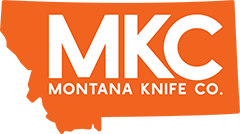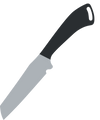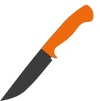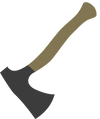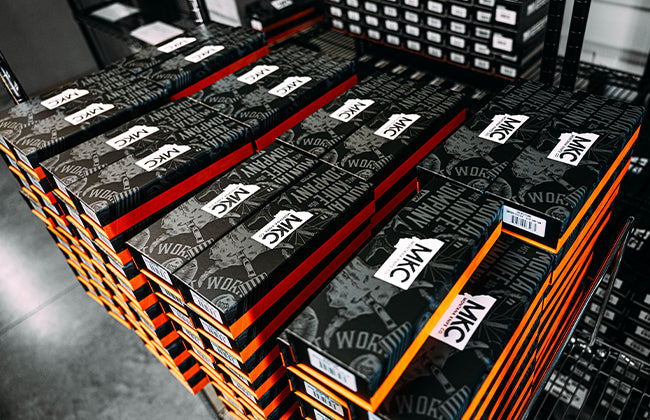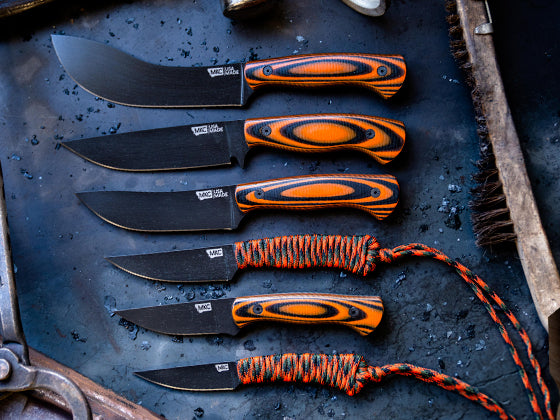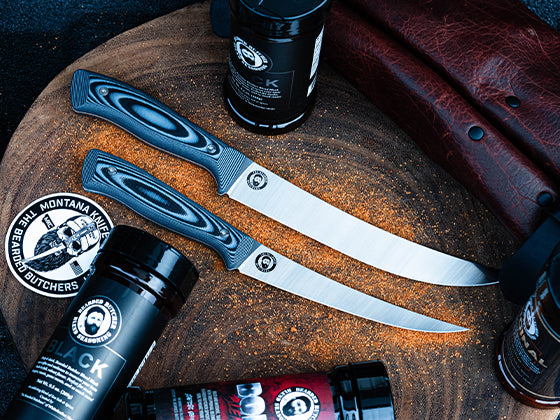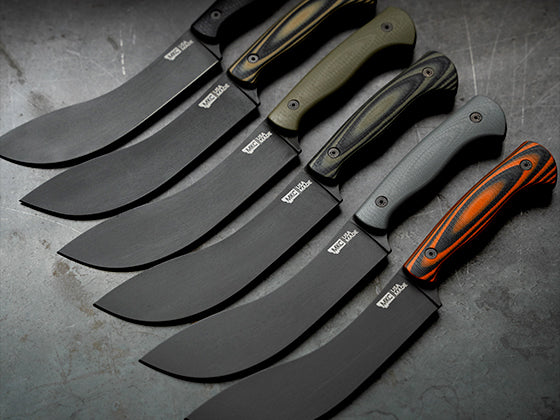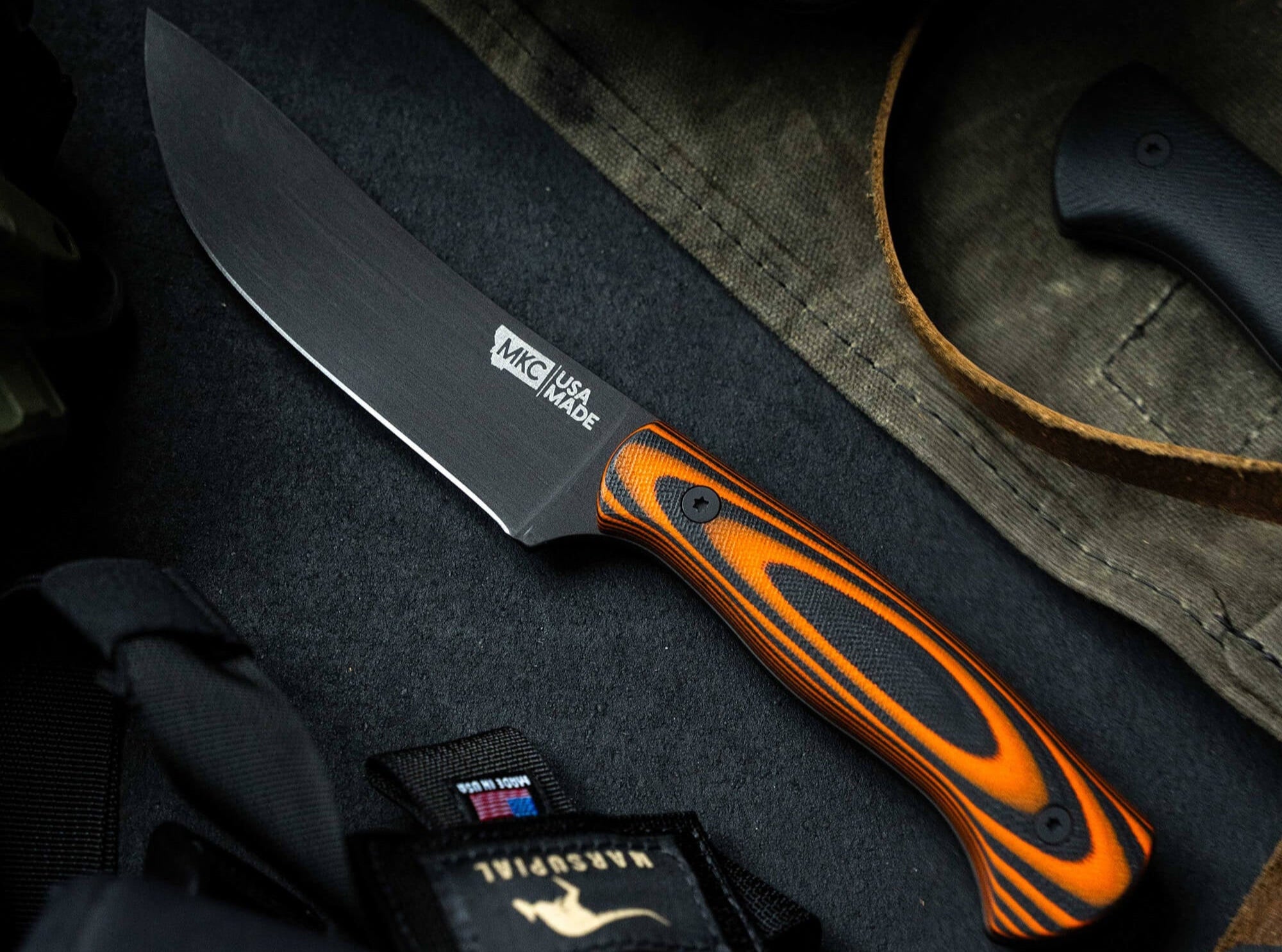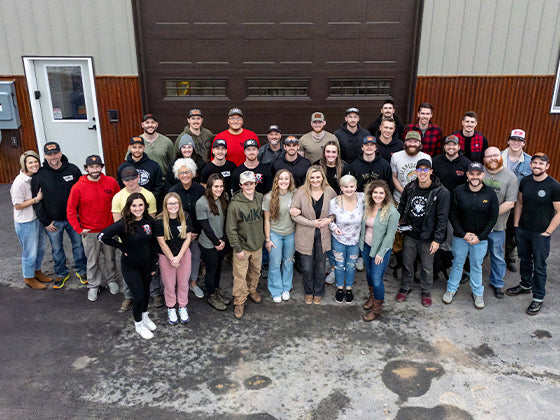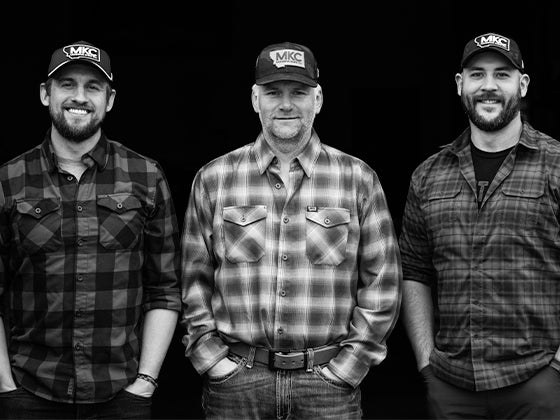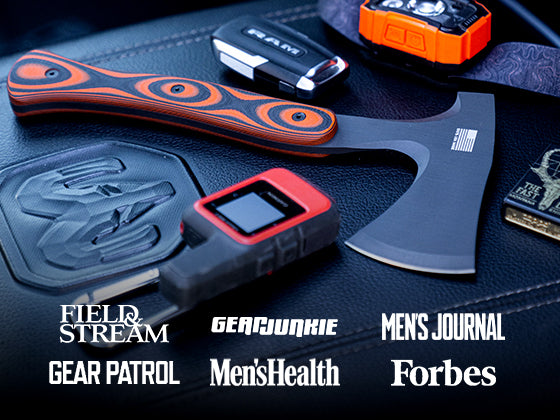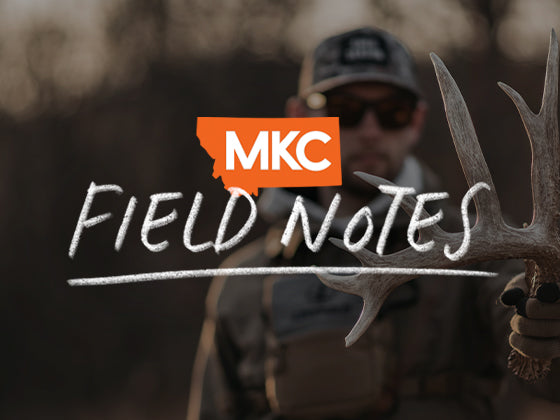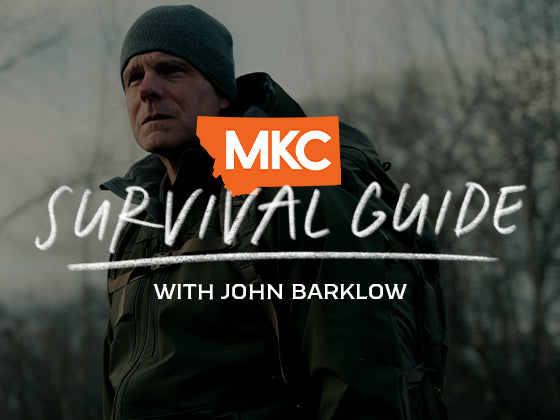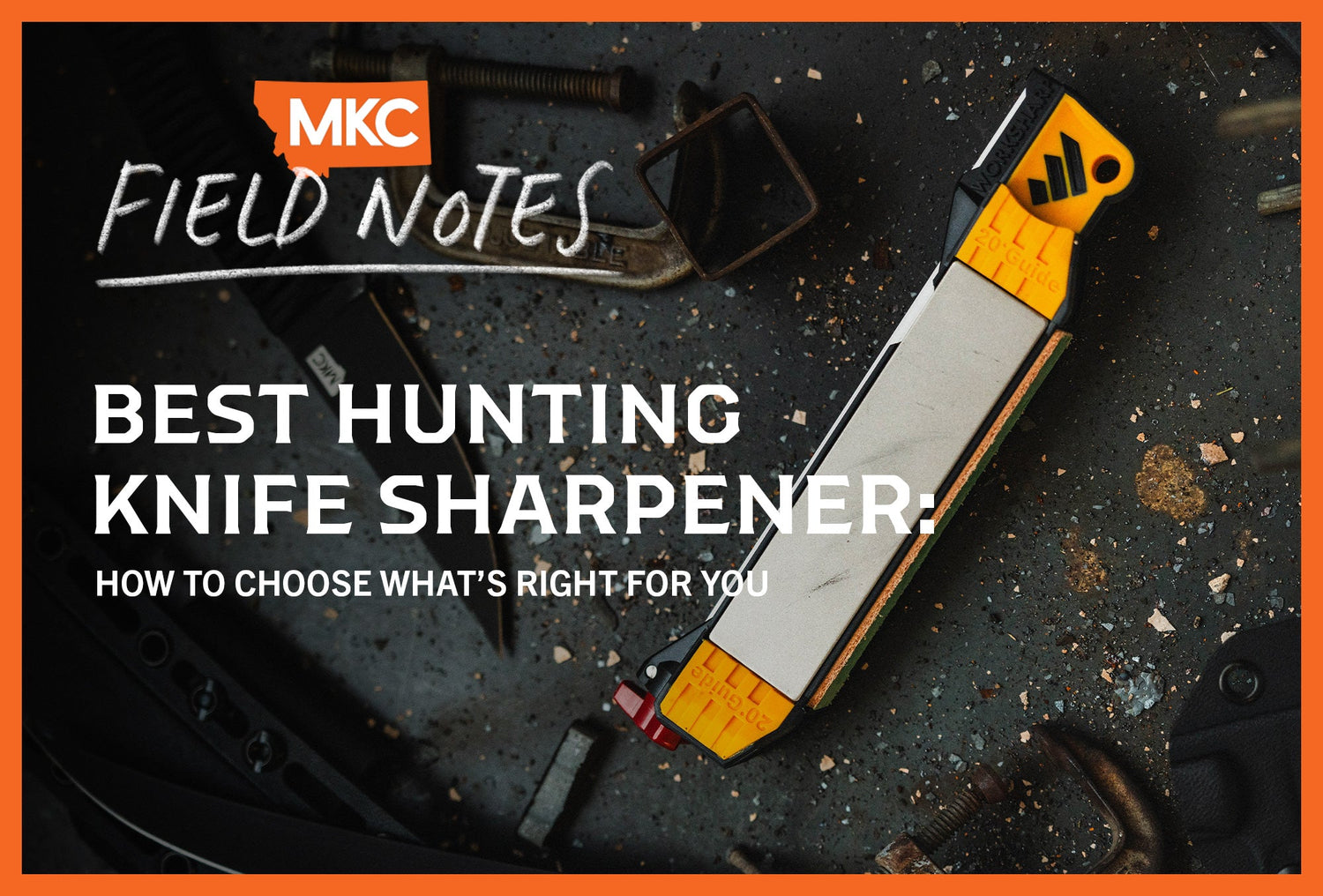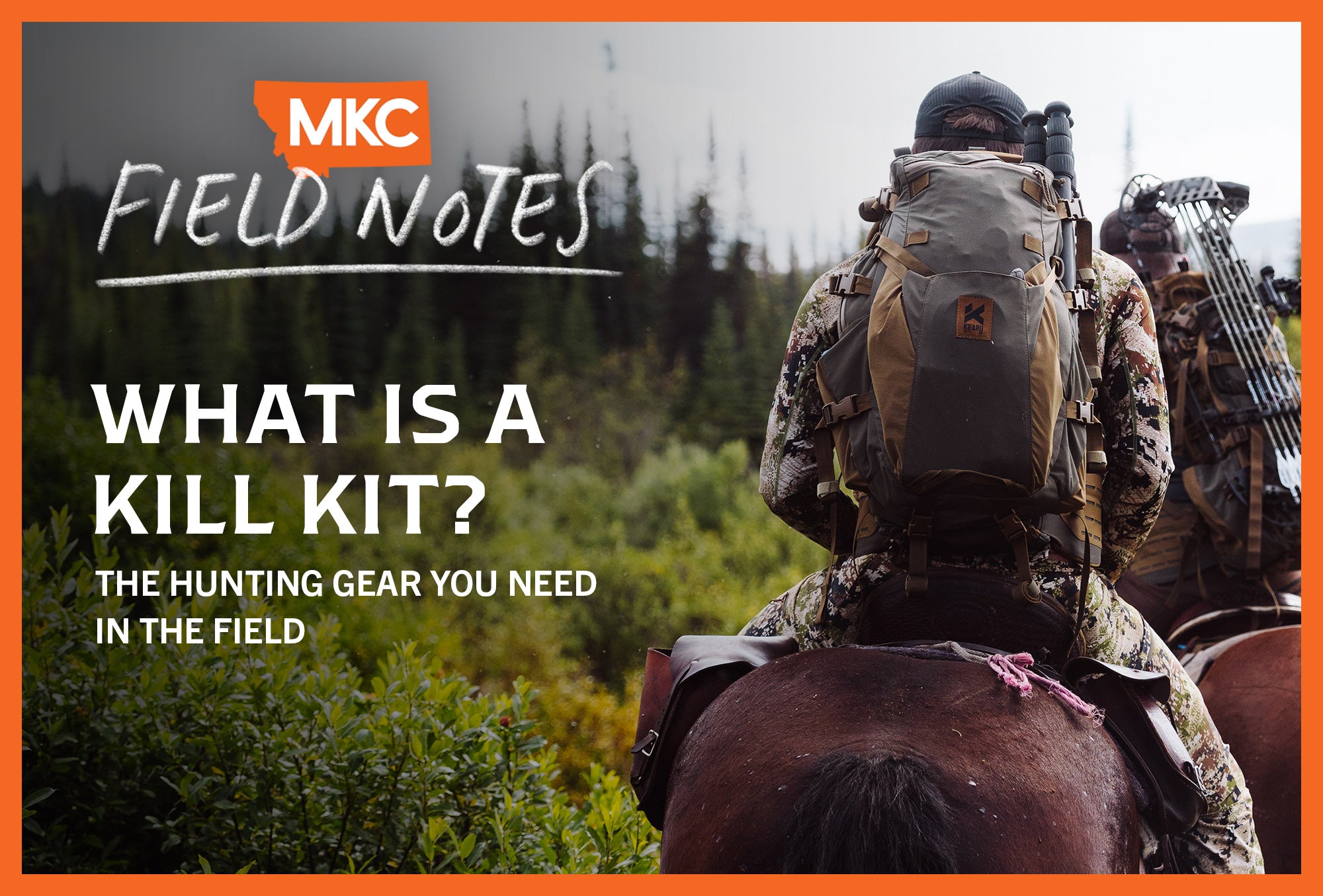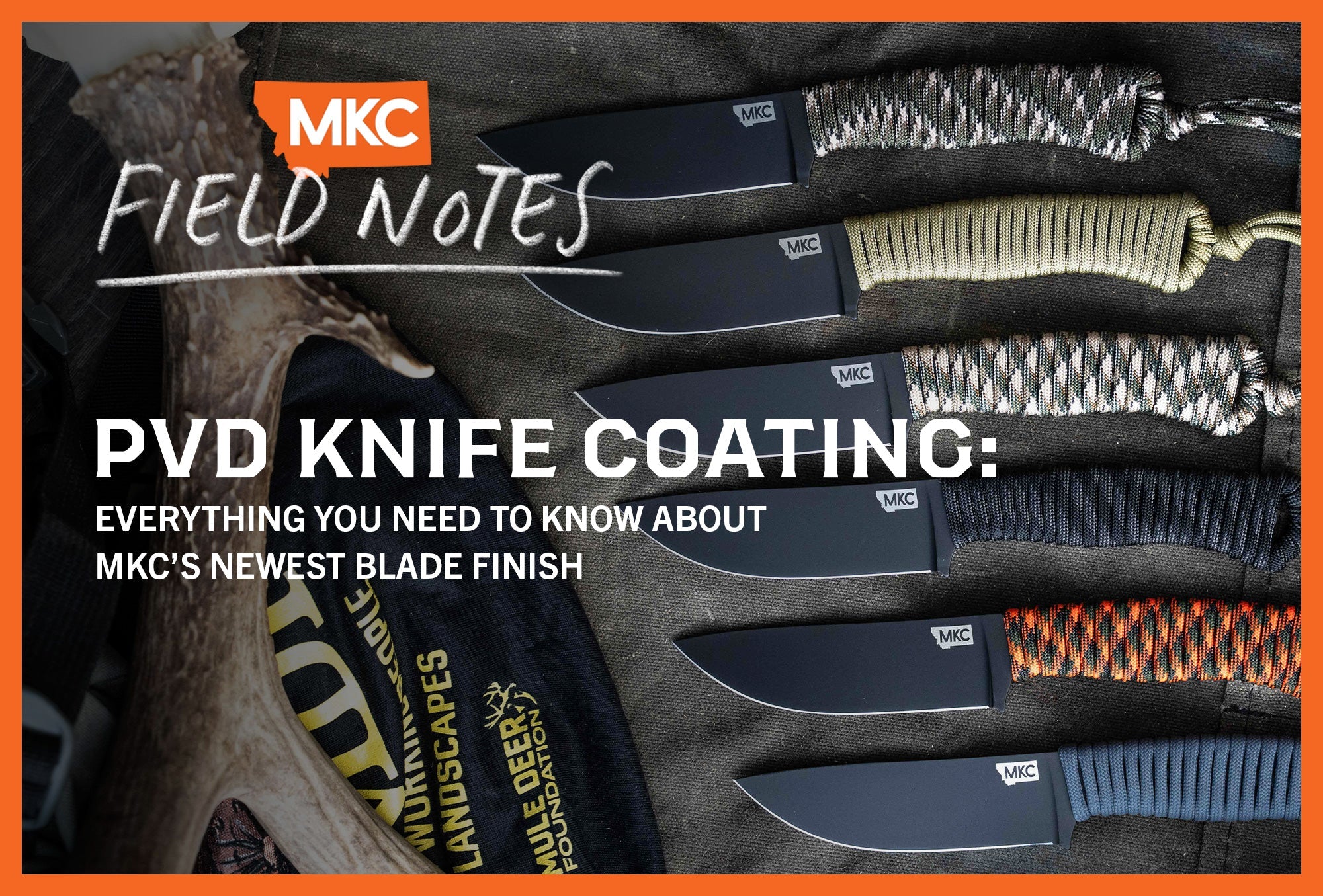Knife sharpening is easy when you have the best hunting knife sharpener on your side. It’s also imperative to understand the usage factors unique to you and your blade.
To get a great edge, start with a good knife. The wrong edge geometry, steel, and heat treatment can stop you from achieving a strong result. Starting with a well-made tool, like our MKC knives, largely averts those issues.
From there, we can explore the tools and techniques you’ll need for proper sharpening. Read on to learn about the best hunting knife sharpener for you.
Types of Knife Sharpeners
There are many different kinds of sharpeners, and all of them have their uses. The one you choose depends on your preferences and needs.
Oil Stones
Oil stones are quite hard, and they come in a variety of grits.
An oil stone wears down slowly, and while it tends to be on the coarse side, it’s the best hunting knife sharpener for knife owners who prefer a toothier blade edge.
As the name implies, you can only use an oil stone with oil — no sharpening with water — and some owners may not like the oily residue it leaves behind.
Water Stones
Water stones are softer than oil stones, and they have finer grits. They produce a polished, precise edge, so many chefs use them for their cooking knives.
As the name implies, you use them with water.
Diamond Stones
Diamond stones last a long time and work quickly. However, they’re expensive, and because they remove a lot of material, it’s easy to over-sharpen with them. You can also use them dry, with no oil or water.
For a knife made with hard steel, a diamond stone is the best hunting knife sharpener.
Electric Sharpeners
Electric sharpeners largely automate the sharpening process, but they can be indiscriminate. They often remove too much steel from thin blades, shortening the knife’s life.
An electric sharpener can’t craft a fine edge, but it’s the best hunting knife sharpener if you prioritize speed and efficiency.
Knife-Sharpening Kits
Knife-sharpening kits often come with lots of sharpening choices, allowing you to fine-tune your knife edge.
While a kit with multiple options is the best of all worlds, it’s also the least portable and most expensive. It’s the best hunting knife sharpener option for stationary sharpening, but it’s not ideal for hunting trips.
Serrated Knife Sharpeners
Serrated knife sharpeners work with serrated knives, which don’t sharpen properly in traditional knife sharpeners thanks to their unique edge geometry.
While you won’t need a serrated knife sharpener out on the hunt, it can be the best knife sharpener in the kitchen or at camp if you need to sharpen bread and steak knives.
Honing Rods
Honing rods aren’t knife sharpeners. They’re a different tool entirely that realigns the microserrations along your knife’s edge.
While it isn’t a sharpener, per se, a honing rod is still a useful part of your kit, especially at camp or in the kitchen. They come in multiple material options, such as ceramic, steel, and diamond.
Pull-Through Knife Sharpeners
Pull-through knife sharpeners sharpen your knife’s edge to a predefined angle using abrasive V-shaped channels. They come in both manual and electric versions, and some have more than one sharpening stage.
While pull-through sharpeners are quick and easy to use, they usually restrict your sharpening options. Using a whetstone is a more versatile way to create your edge angle.
Strops
Like honing rods, strops aren’t real sharpeners. Instead, a strop finishes your knife’s edge after sharpening.
Strops are usually leather, and they smooth away burrs and snags without removing more material. You won’t need a strop out in the field, but they’re great for keeping very fine knives beautiful.

How to Choose a Knife Sharpener
Different knife sharpener types yield different results. There’s no one best hunting knife sharpener for all situations — not if you want to maximize your blade’s life and function.
Below are a few additional factors to keep in mind when choosing the best hunting knife sharpener for your needs.
Stone Weight and Blade Size
Before you invest in a knife sharpener, consider how you’ll use it.
Will it be a permanent fixture at your workbench, or will you bring it into the backcountry? What types of knives will you use it for? Will it service all your household knives, or will you reserve it for your hunting blades?
You may have to test out a few different options before you find the best hunting knife sharpener for you.
Portability
If you want to take your sharpener into the field, look for a small, portable one.
A field sharpener doesn’t need to be aggressive, like a diamond whetstone, since you’ll use it only to touch up your hunting knives. It also shouldn’t depend on electricity or oil.
If your knife sharpener will stay at your home or base camp, you have more options. Consider the knives you’ll have on hand and the sharpening quality you need before you choose the best hunting knife sharpener for you.
Frequency of Use
How often do you intend to use your knife sharpener?
If you plan to use it frequently, it may be smart to invest in a quality stone. A chef’s knife that you use to prepare meals daily would benefit from a hard, long-lasting sharpener.
If you only need to sharpen your hunting knife once per season, you might get away with a cheaper option.
Knife Condition
The best hunting knife sharpener matches your blade’s condition.
If your knife has rough geometry, it benefits the blade (and you!) in the long run to fix it. A coarse sharpening stone takes off more material, letting you reshape the blade’s edge.
Once you’ve fixed the edge geometry, you can then use a finer grit to perfect the new edge.
Blade Material and Thickness
Your blade’s material affects how it reacts to sharpening. A soft sharpening stone won’t cut hard steel, for example, but a sharpening stone that’s too harsh will grind away too much from soft steel.
Consider your blade’s thickness, too. While a thin, sharp knife may sharpen well with just one fine grit, a thicker blade might need two or three different grits before it’s ready.
Knife Coating
Your knife’s exterior coating can affect the way it sharpens cosmetically.
Cerakoting and Parkerizing both protect your knife, but you may have to grind some of that coating away when you sharpen it, and you may need to get your knife recoated.
Alternatively, you can invest in an uncoated knife, like our Speedgoat Ultra, that shows less visible wear over time.
Knife Sharpener Gimmicks
In today’s market, you’ll find knife sharpeners that range from large to small and cheap to pricey. When in doubt, assume you’ll get what you pay for.
If you’re still unsure of the best hunting knife sharpener for you, visit MKC’s Frenchtown-based shop to test out some options. From small field sharpeners to large bench stones, MKC’s sharpeners suit both coarse hunting knives and fine chef’s knives.
Stay Sharp With MKC
A sharpening stone is a maintenance tool. While the right sharpening stones can fix a dull knife, you can’t always amend complex geometry issues. A good knife is easier to sharpen than a poor one.
Starting with an MKC knife simplifies your future sharpening efforts. Not only do you start with good edge geometry, but we’ll resharpen your knife for free at any point in its life, even if that lasts beyond yours.
If you want to learn how to sharpen your own blades, check out our step-by-step tutorial on YouTube.
by Josh Smith, Master Bladesmith and Founder of Montana Knife Company
